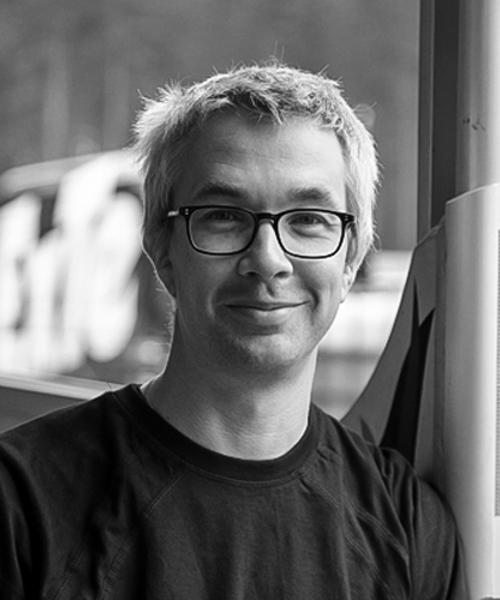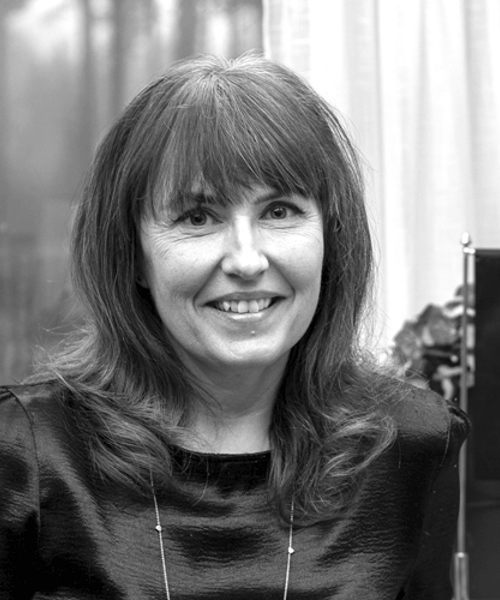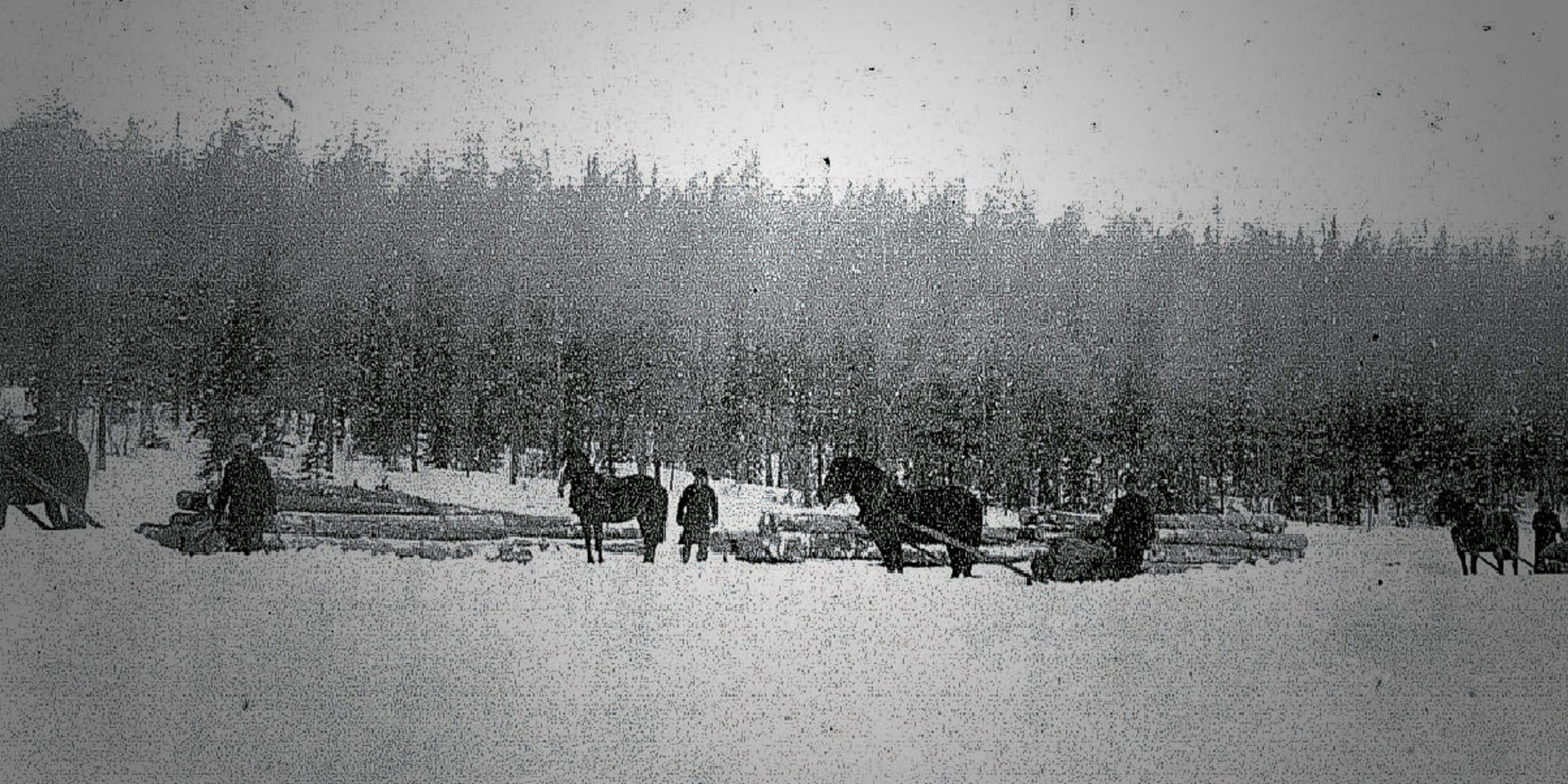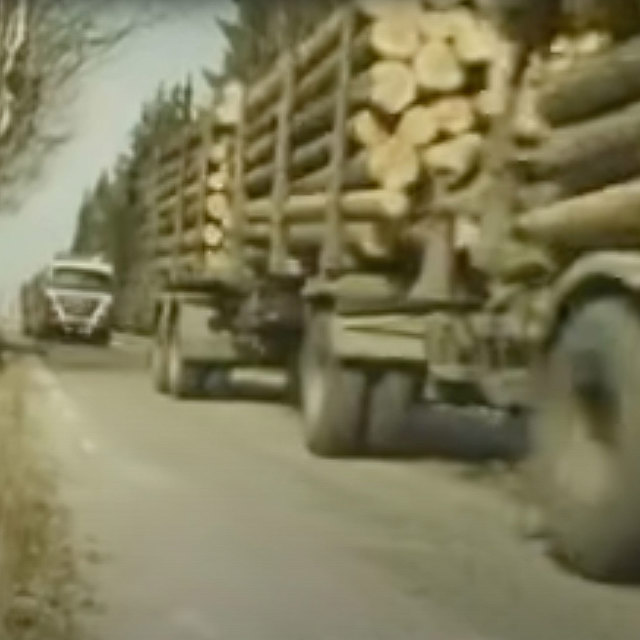A history of safety since 1898
A product designed to meet agricultural needs of the day and the starting point for ExTe’s growth and rise to a position as the world’s leading manufacturer and supplier of timber bunks and automatic tensioners.
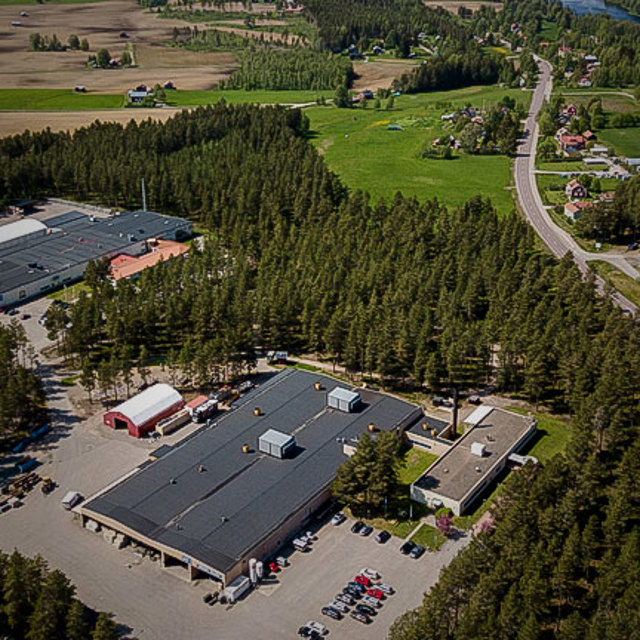
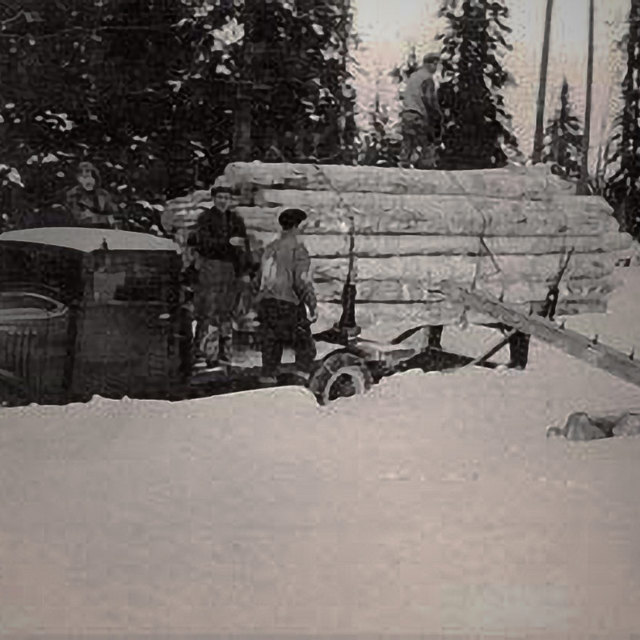
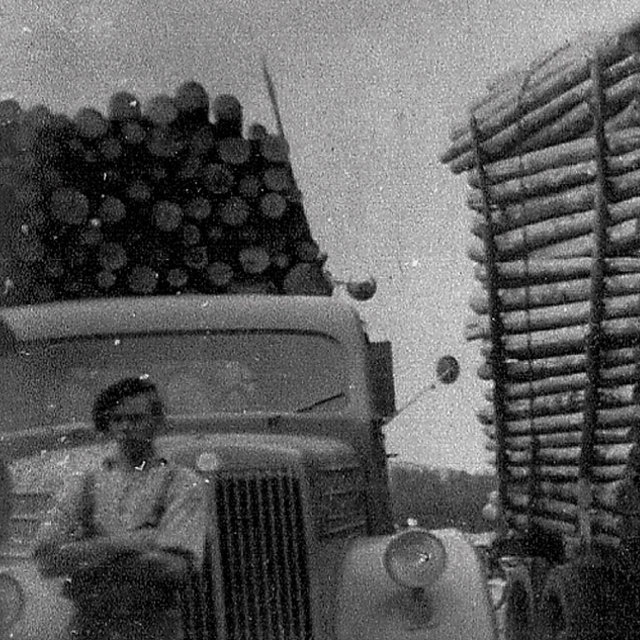
The first product
The first product that led the company’s operations into the forestry transport industry was the horse-drawn timber sledge, the forwarder of the time. The timber was dragged from where it had been felled to the track and then loaded onto the timber wagons – the equivalent of today’s timber trucks. The timber was transported to lakes and rivers, from where it was floated to sawmills and pulp plants.
1920-
During the 1920s, the distance between felling and the floating routes increased. More timber was transported by truck. And it was then that the first timber bunks were developed.
The idea was to release the stanchions on one side of the truck and let the timber roll down into the water. In order to release the stanchions by each stack, two men had to hit the latch tongues with sledgehammers. They then had to get out the way quickly to avoid getting crushed by the timber.
Another problem in those days was the actual process of loading the timber. It usually took two or three men to drive and load the rig. The timber was loaded entirely by hand. The first wire cranes did not come into use until the 1950s.
1950-
From the 1950s onwards, floating logs went into decline, with all timber eventually being transported by truck. There was considerable demand for new, modern timber bunks and other equipment for the transportation of timber. The safety of the truck drivers came into focus.
The Excenter bunk with telescopic stanchions was developed in the late 1950s. This made lowering the stanchions easy.
This innovation gave rise to the name ExTe (Excenter and Telescope).
1960-
The 1960s brought new design concepts for timber bunks. Up until this point, the idea had been to release the stanchions and let the timber roll off the truck and trailer. New unloading methods, where the timber was lifted off trucks and trailers using forklifts and cranes, led to the development the modern timber bunk with permanent stanchions.
ExTe’s first, modern timber bunk was the 144 bunk, which came into use from the late 1960s. The versatile 144 bunk is still a major export product for ExTe today.
1970-
In the early to mid 1970s, ExTe began a systematic strategy for making inroads into the European market. This was the start of a highly successful export operation that now covers every continent.
In 1971, ExTe’s innovative development was really put to the test, when it unveiled the first aluminium bunk, the ExTe Aluminium. It was lightweight, flexible and coped perfectly well with the demands entailed by loading, transporting and unloading the timber.
But the idea was a little ahead of its time. The market was not ready for such a drastic change. “Lightweight aluminium bunks will never stand the strain of demanding forestry transport” was a commonly repeated opinion. But by 1974-75, aluminium bunks had made their breakthrough with the ALU 340, 360 and 390.
1980-
Using its experience of the 106 and 109 bunks from the 1980s, ExTe launched the C40, C60 and C90 in the early 1990s. This series of combi-bunks was greatly appreciated by hauliers. The bunks were robust and hard-wearing, with steel bolsters and aluminium stanchions. Some timber rigs still use C bunks today.
2000-
In 2002, ExTe launched a new generation of combi-bunks, the E4, E6, E9 and E12, which were a great success. The E-bunks have now been replaced by the D-Series, which comprises the lightest combi-bunks available on the market, with steel bolsters and aluminium stanchions.
When discussions regarding the weight of loads really took off in Sweden in the early 2000s, ExTe was already well ahead of the game with its development of the new generation of aluminium bunks. In 2005, it launched the world’s lightest timber bunks, the A-Series. Within a couple of years, the A bunks were a firm favourite among timber hauliers, and demand for the product exceeded all forecasts.
ExTe has also developed timber bunks for the transportation of timber by rail. Tens of thousands of Maxi Stanchions, Wood and SR bunks have been supply to the Scandinavian, German and British railways.
Over the years, ExTe’s success has created resources and opportunities for investing in the development of new and even safer load securing systems. Com 90, which ExTe began developing in the mid 1990s, is one example of the company’s unique innovation, allowing the driver to operate bunks and secure the loads by remote control. Com 90 is now an established system on the market.
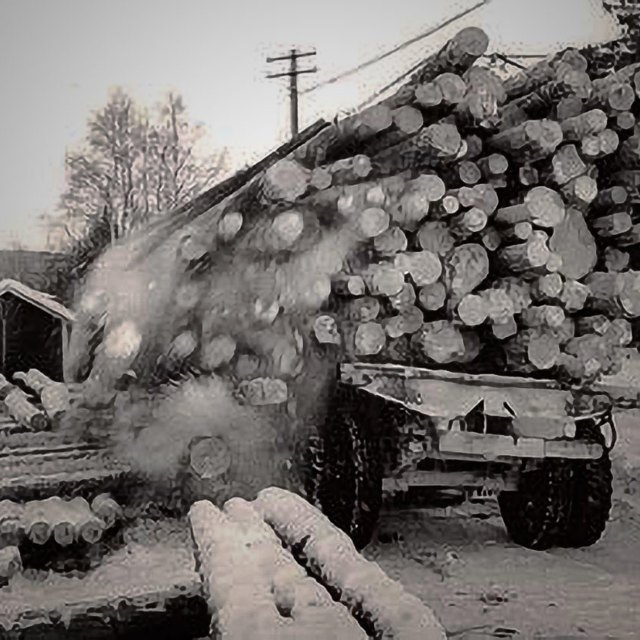
Our sales organization

